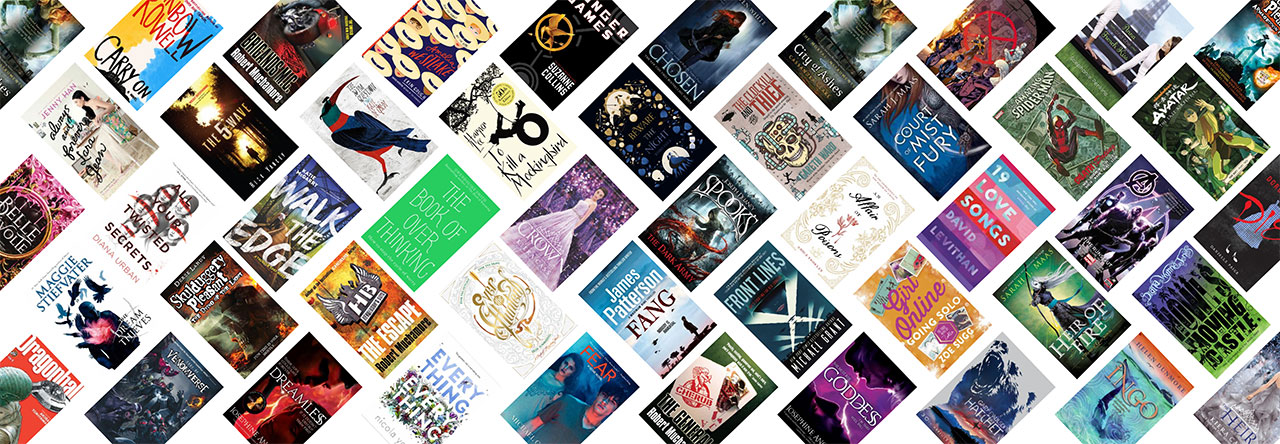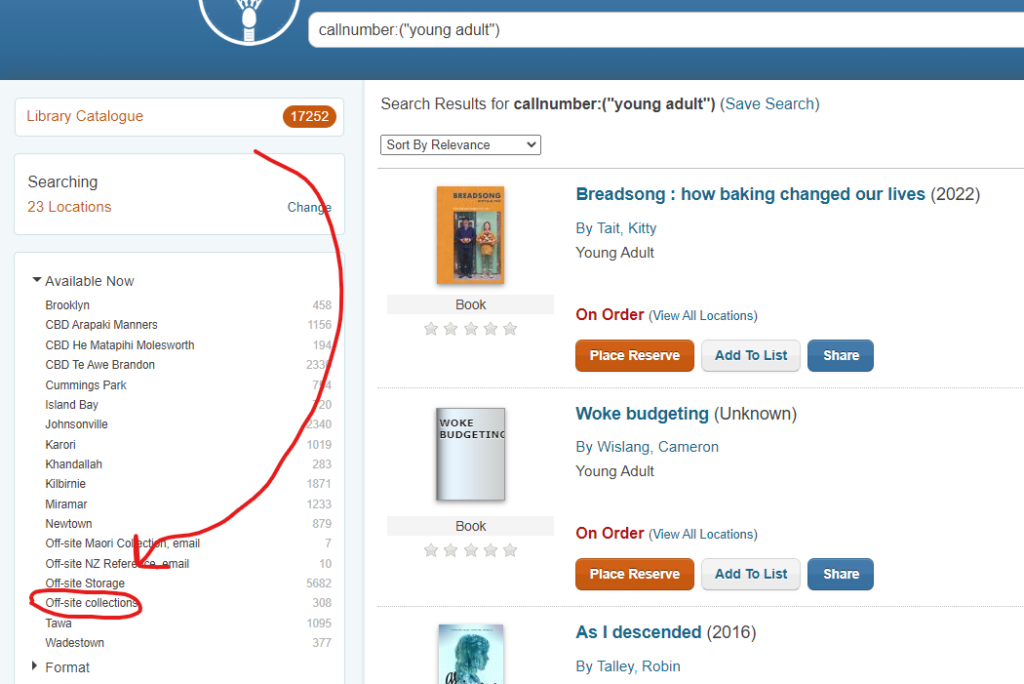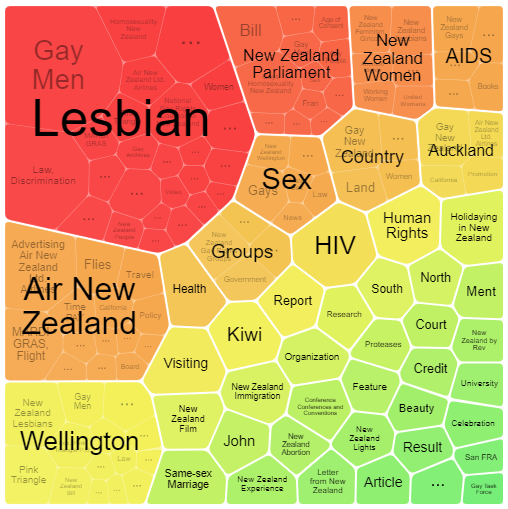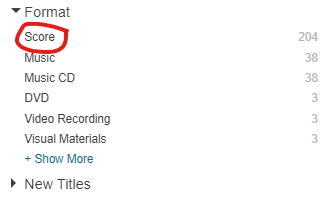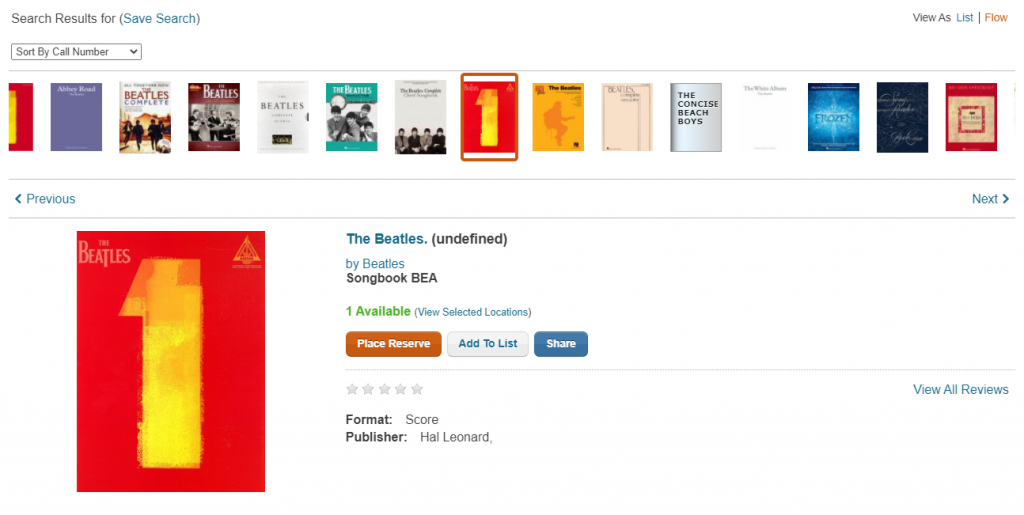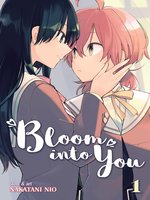History is a beautiful clusterfudge of odd characters, wacky narratives, and an unusual number of poisonings. As such, it’s only natural for historical events to provide a rich source of inspiration to writers who frankly can’t be having it with the modern day (that’s a general assumption, but I have faith – at least once a day I get angry at either a microwave or a traffic light so why wouldn’t other people have had it with our technological trappings as well?).
Enter: The Historical Retelling!
I know it sounds a little dry and dusty, but I can promise you that the books listed below are absolutely fat with intrigue, heart-racing romance, murderous intent, poison, old gods, and… cake? Have I piqued your interest yet?
If so, read on for more…
Gwen & Art are not in love / Croucher, Lex
“Gwen, the quick-witted Princess of England, and Arthur, future lord and general gadabout, have been betrothed since birth. Unfortunately, the only thing they can agree on is that they hate each other. When Gwen catches Art kissing a boy and Art discovers where Gwen hides her diary (complete with racy entries about Bridget Leclair, the kingdom’s only female knight), they become reluctant allies.” (Adapted from Catalogue)
My contrary Mary / Hand, Cynthia
“Welcome to Renaissance France, a place of poison and plots, of beauties and beasts, of mice and … queens? Mary is the queen of Scotland and the jewel of the French court. Except when she’s a mouse. Yes, reader, Mary is a shapeshifter in a kingdom where Verities rule. It’s a secret that could cost her a head–or a tail.” (Adapted from Catalogue)
Cake eater / Dahlin, Allyson
“3070. Marie Antoinette has arrived in the Franc Kingdom to marry the prince, secure an alliance, and rake in likes from her fans. Versailles is not the perfect palace Marie has seen on The Apps: her life is a maze of pointless rules, and the court watches her every move for mistakes.” (Adapted from Catalogue)
Anatomy : a love story / Schwartz, Dana
“Hazel Sinnett is a medical student in 19th century Scotland who, after being kicked out because of her gender, works with new attractive acquaintance Jack Currer to procure dead bodies to study, but they soon discover secrets buried in the heart of Edinburgh society.” (Adapted from Catalogue)The black kids / Hammonds Reed, Christina
“Ashley Bennett and her friends are living the charmed life. It’s the end of high school and […] they can already feel the sunny days and endless possibilities of summer. But everything changes one afternoon in April, when four police officers are acquitted after beating a black man named Rodney King half to death. Suddenly, Ashley’s not just one of the girls. She’s one of the black kids.” (Adapted from Catalogue)
Alex & Eliza : a love story / De la Cruz, Melissa
“1777. Albany, New York. As battle cries of the American Revolution echo in the distance, servants flutter about preparing for one of New York society’s biggest events: the Schuylers’ grand ball. […] And when Alex and Eliza meet that fateful night, so begins an epic love story that would forever change the course of American history.” (Adapted from Catalogue)
Pride and premeditation / Price, Tirzah
“Seventeen-year-old aspiring lawyer Lizzie Bennet seeks to solve a murder before her rival Mr. Darcy beats her to it.” (Catalogue)My Lady Jane / Hand, Cynthia
“Edward is the King of England. He’s also dying, which is inconvenient, as he’s only sixteen and he’d rather be planning his first kiss than who will inherit his crown. Jane, Edward’s cousin, is far more interested in books than romance. Unfortunately, Edward has arranged to marry her off to Gifford secure the line of succession. And Gifford is, well, a horse.” (Adapted from Catalogue)
Blood countess / Popović, Lana
“1570s Hungary. Anna Darvulia is working as a scullery maid for the Countess Elizabeth Báthory. When Elizabeth takes a liking to Anna […] Anna falls completely under the Countess’s spell– and the Countess takes full advantage. Isolated from her former friends, family, and fiancé, Anna realizes she is not a friend but a prisoner of the increasingly cruel Elizabeth. Then come the murders, and Anna knows it’s only a matter of time before the Blood Countess turns on her, too.” (Adapted from Catalogue)
Lovely war / Berry, Julie
“In the perilous days of World Wars I and II, the gods hold the fates — and the hearts — of four mortals in their hands. They are Hazel, James, Aubrey, and Colette. […] Their story, as told by goddess Aphrodite to her husband, Hephaestus, and her lover, Ares, is filled with hope and heartbreak, prejudice and passion, and reveals that, though War is a formidable force, it’s no match for the transcendent power of Love.” (Adapted from Catalogue)
One for all / Lainoff, Lillie
“France, 1655. Tania, the daughter of a retired musketeer, is afflicted with extreme vertigo and subject to frequent falls. When her father is murdered she learns that he has arranged for her to attend Madame de Treville’s newly formed Académie des Mariées in Paris. It is no finishing school: it is an academy for female Musketeers, socialites on the surface but dangerous, well-trained women who wish to protect France from downfall.” (Adapted from Catalogue)
Fawkes : a novel / Brandes, Nadine
“Thomas Fawkes is turning to stone, and the only cure to the Stone Plague is to join his father’s plot to assassinate the king of England.”– Provided by publisher.” (Catalogue)Reputation / Croucher, Lex
“Middle-class Georgiana Ellers has moved to a new town to live with her dreary aunt and uncle. At a particularly dull party, she meets the enigmatic Frances Campbell, a wealthy member of the in-crowd who lives a life Georgiana couldn’t have imagined in her wildest dreams. Lonely and vulnerable, Georgiana falls in with Frances and her unfathomably rich, deeply improper friends.” (Adapted from Catalogue)
And I darken / White, Kiersten
“A girl child is born to Vlad Dracula, in Transylvania, in 1435. Rejected by her father and ignored by her mother, Lada is sent with her younger brother, Radu, to be raised in the Ottoman courts. They meet Mehmed, son of the sultan, and form a toxic triangle that strains the bonds of love and loyalty to the breaking point. She will grow up to be Lada Dragwlya, a vicious and brutal princess, destined to rule and destroy her enemies.” (Adapted from Catalogue)
The prince and the dressmaker / Wang, Jen
“Paris, at the dawn of the modern age: Prince Sebastian is looking for a bride – or rather, his parents are looking for one for him. Sebastian is too busy hiding his secret life from everyone. At night he puts on daring dresses and takes Paris by storm as the fabulous Lady Crystallia – the hottest fashion icon in the world capital of fashion! Sebastian’s secret weapon (and best friend) is the brilliant dressmaker Frances.” (Adapted from Catalogue)
Rejected princesses : tales of history’s boldest heroines, hellions, and heretics / Porath, Jason
“A brazen, uproarious collection of illustrations of tough women both historical and fantastical-too awesome, too fierce, and sometimes too weird. These are not fantasy tales of blushing ingenues and happily-ever-afters. Here are the real unsung women of history, real and from literature, mythology and folklore.” (Adapted from Catalogue)
Enchantée / Trelease, Gita
“When smallpox kills her parents, Camille Durbonne must find a way to provide for her brother and sister. Relying on magic, she transforms into ‘the Baroness de la Fontaine’ and is swept up into life at the Palace of Versailles. […] But ‘la magie’ has its costs. When a scheming courtier blackmails her, Camille loses control of her secrets. Then revolution erupts, and she must make choices– before Paris burns.” (Adapted from Catalogue)
A million to one / Jaigirdar, Adiba
“Four friends have stolen aboard the Titanic. They’re after the Rubaiyat – a book inlaid with priceless jewels. Josefa is a charismatic thief, Hinnah a daring acrobat, Violet an outstanding actress and Emilie a talented artist. It is Josefa’s plan, but she needs all of their skills. Despite their very different backgrounds, in a world of first-class passengers and suspicious crew members, the girls must work together to pull off the heist of their lives.” (Adapted from Catalogue)

